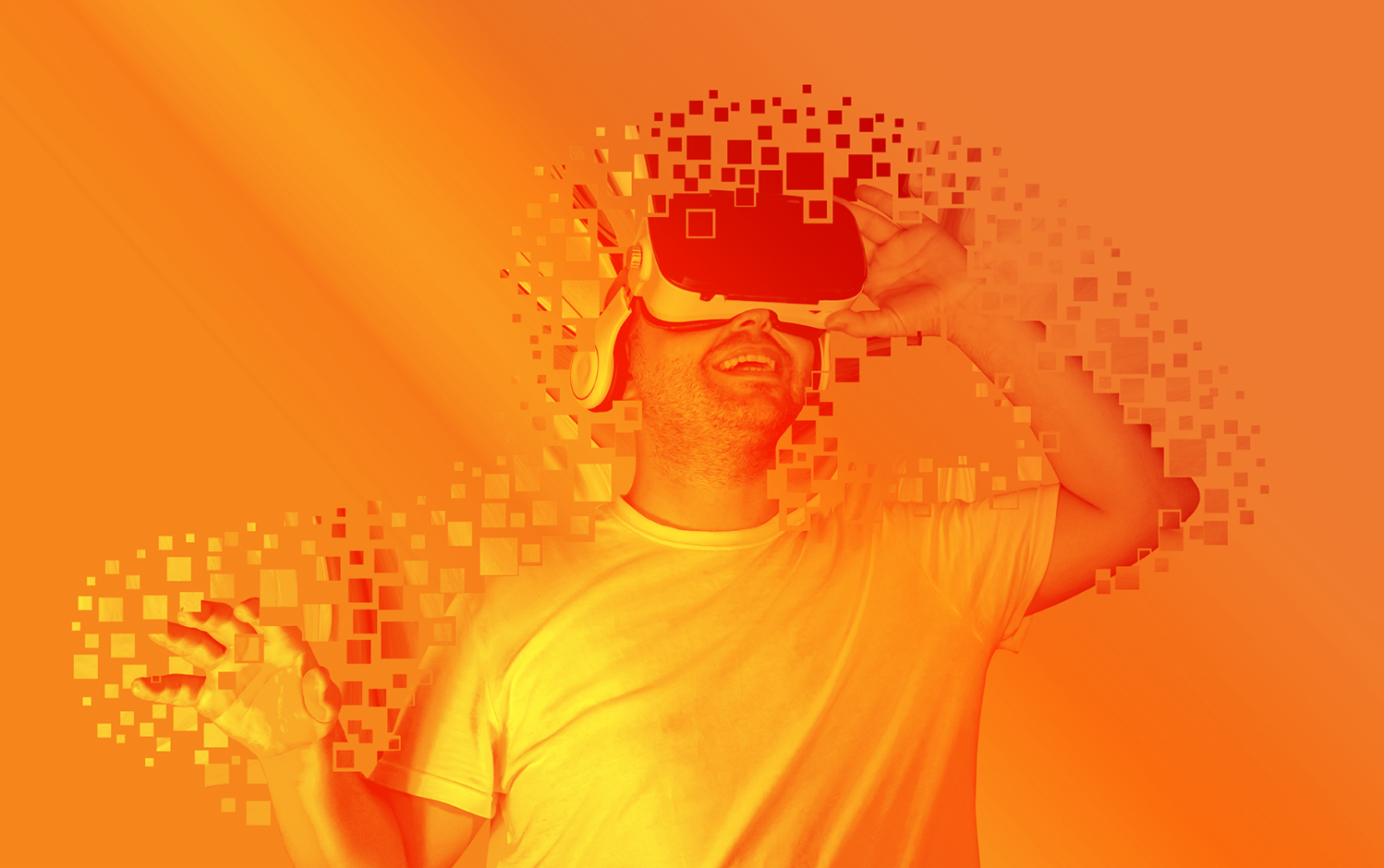

Marketing's Next Frontier: The Metaverse
The metaverse is everywhere, it seems.
From big technology brands like Microsoft and its intended acquisition of Activision Blizzard, citing it as one of its many “building blocks for the metaverse”, and Facebook’s rebrand to Meta, to global brands plotting their presence on the metaverse, the word has gone from chatter among futurists to mainstream adoption — almost overnight.
As with all transformative, new technologies, we still do not agree on what the metaverse actually is. It remains a work in progress (and has been for decades), but most agree that the metaverse will be an immersive experience that blends the physical and digital worlds.
Much like social media today, many believe there will be multiple metaverses, and these digital worlds could be separate in terms of access, membership and technology. For example, users cannot jump seamlessly from Decentraland to Roblox, but some digital worlds may become more interconnected. As the evolution continues, marketers must consider how they utilize the platform to create immersive experiences for their audiences and the story they want to tell.
The opportunity for marketers
For all the excitement and experimentation the metaverse has created, the basics still hold for connecting with audiences. Marketers and communicators will have tremendous opportunities to bring their experience to new platforms by helping to make the complex simple, learning from each opportunity, and telling compelling brand stories with clarity and purpose.
Additionally, here are three strategies that will help brands succeed in the metaverse:
Understand intent
Marketers will need to understand why metaverse users seek a particular virtual experience.
Are they there to be entertained, collaborate, create, socialize or learn new skills? Or are they seeking new products and services?
While many profiled metaverse activations are consumer-facing, businesses also can consider the platform’s employee communications applications. For example, Microsoft developed Mesh for Teams to make online meetings more personal, engaging and fun. Described as “a gateway to the metaverse,” users will be able to piggyback off its Teams app and attend virtual meetings either as themselves or a personalized avatar. Organizations also can build immersive spaces within Teams where colleagues can interact virtually. Accenture, one of the early adopters of Mesh, has created a virtual office called One Accenture Park, where thousands of its staff have attended dozens of online events.
Understanding users’ expectations of experiences in a particular space will enable companies to tailor their approach to the environment and connect with the right audience at the right time.
Build a community-driven experience
The ability to engage large audiences virtually and in a cross-border fashion has far-reaching implications. Brands should leverage strong IP and collaborations to create community-driven, tailored experiences that span multiple owned and shared virtual platforms.
Widely considered a forerunner of the metaverse experience, massively multiplayer online (MMO) game Fortnite is known for its collaborations with major brands and celebrity tie-ins. It premiered a trailer for Christopher Nolan’s feature “Tenet” on an in-game movie screen and has played host to interactive concerts headlined by artists including Ariana Grande; these are only “concerts” in the loosest sense of the word. Filled with headbangers and syncopated beats, players are invited into a multisensory experience, shooting monsters and completing missions alongside a virtual avatar of their idol — whose outfit (“skin”) is available for purchase in the Item Shop.
Fortnite is a brilliant example of how brands can add to or even create new, engaging virtual interactions that resonate with — rather than disrupt — the user experience.
Show up with purpose
The metaverse is set to reshape digital marketing.
Think of metaverses as virtual equivalents of malls: your customers are already there, so the best way to reach them is to set up an inviting shopfront they cannot ignore. But why stop there? What about creating virtual theme parks, customized cities, or even your very own world?
Nike set up a bespoke world, NIKELAND, on Roblox, building on its goal “to turn sport and play into a lifestyle.” Players can compete in games such as tag and dodgeball with their friends — and even design their own minigames — while dressed in the latest Nike gear. Synchronizing smartphones and smartwatches with the game will allow users to transfer offline movement to online play, powering their avatars to pull off in-game moves like long jumps or speed runs.
The metaverse is the next frontier
As the metaverse continues to evolve, one thing is clear: the metaverse is the next big technology platform. Brands that want to establish themselves in the metaverse must consider and chart out their long-term ambitions for the platform and how they will communicate in a way that keeps audiences engaged. While the metaverse is in its nascent stage, it is an exciting opportunity for marketers to partner with brands to experiment, innovate and learn how to tell their stories in this space.
The latest blogs from WE
Decoding Gen Alpha: A Primer on the Next Gen of Consumers
Why Gen Alpha Will Fuel Spending This Season
Why Reputation Is a Business Driver in Healthcare


